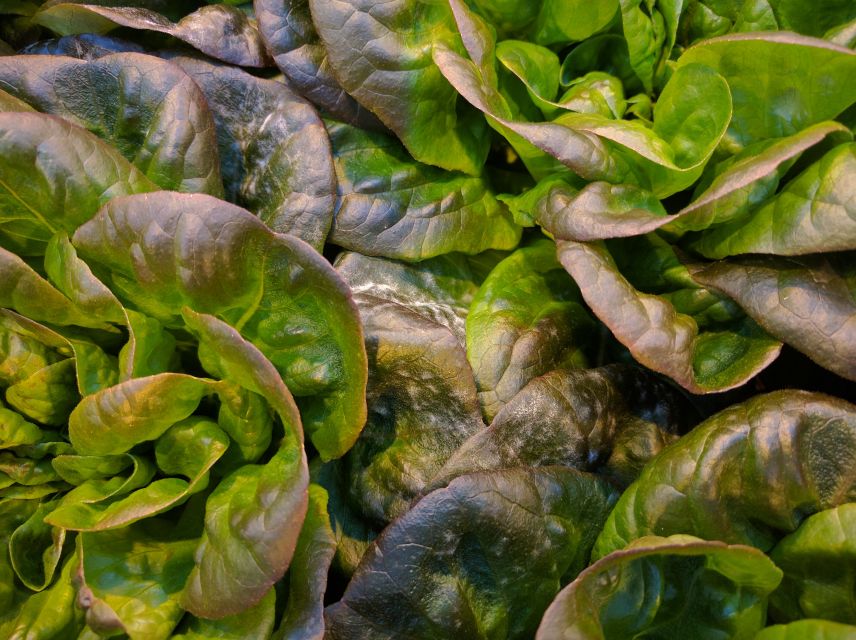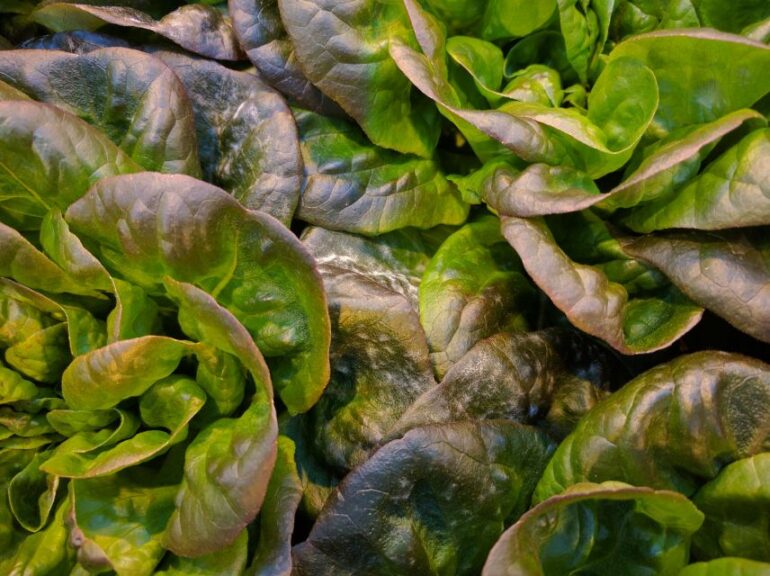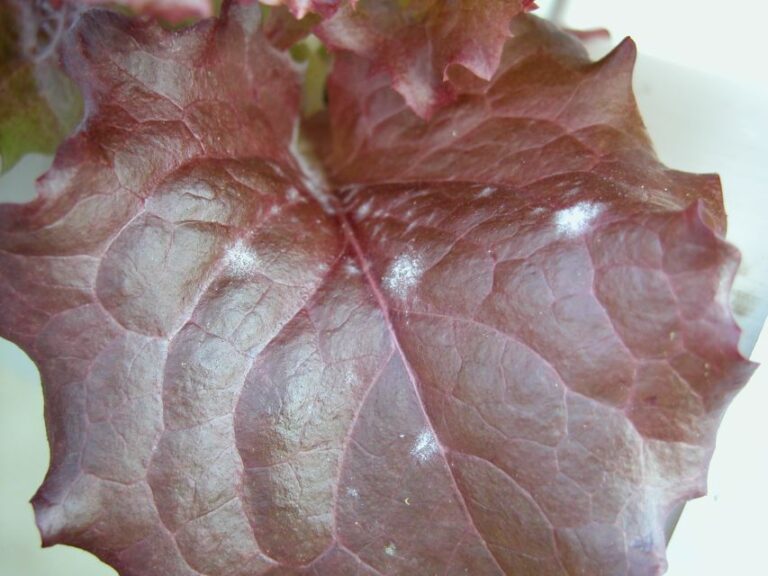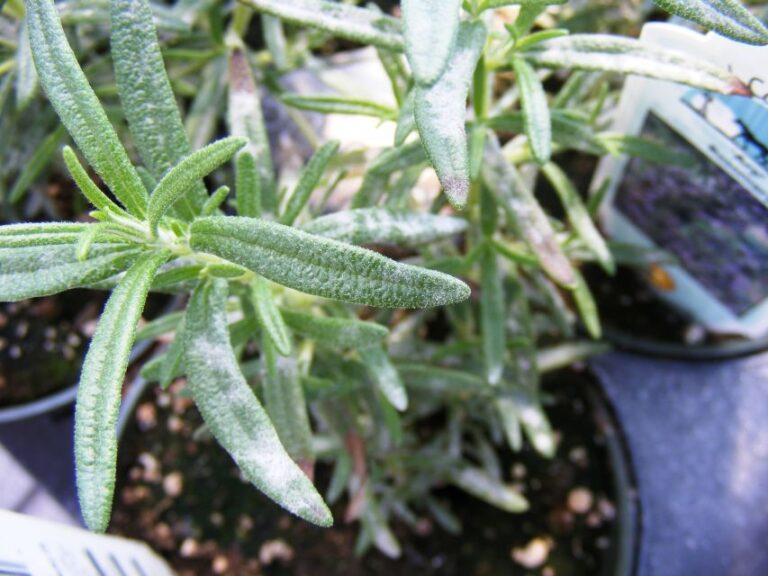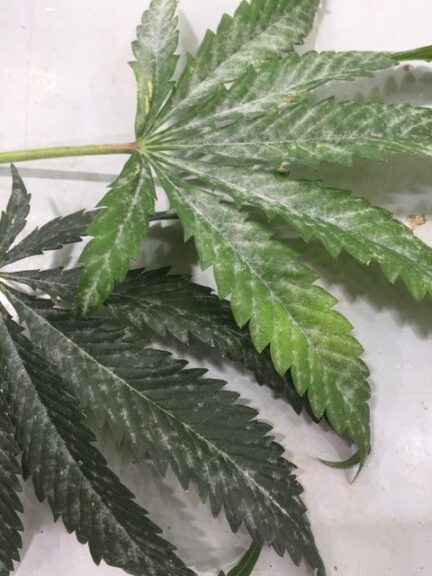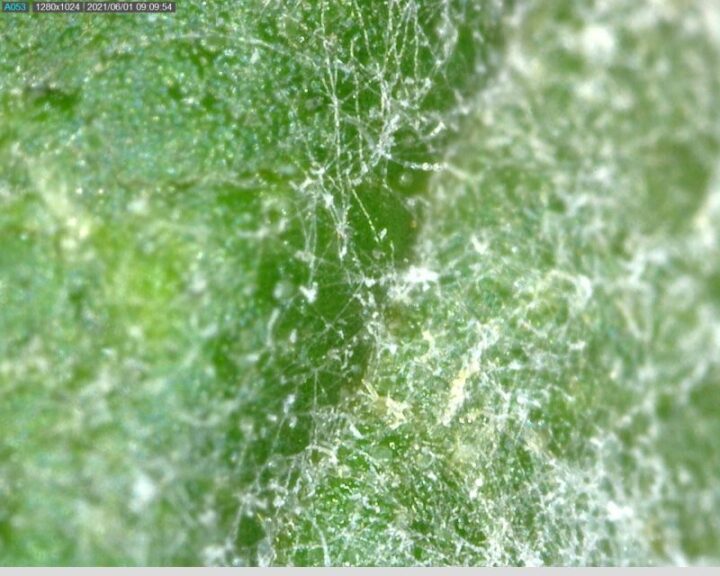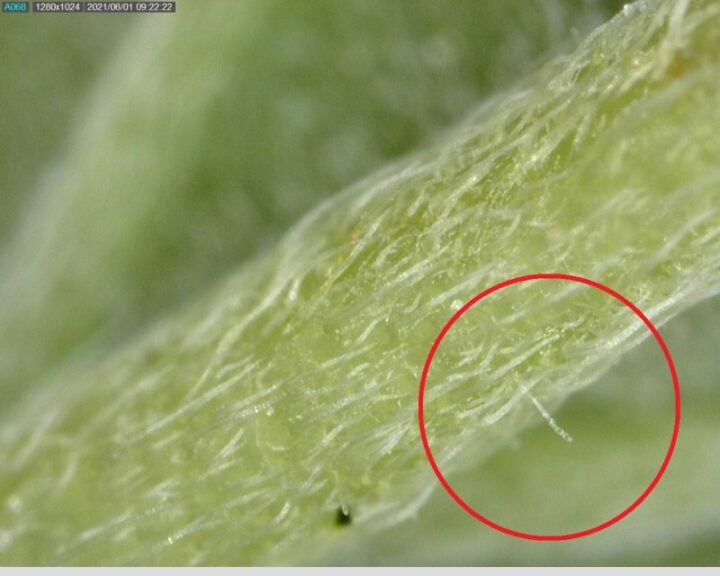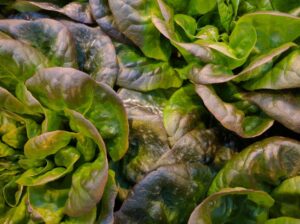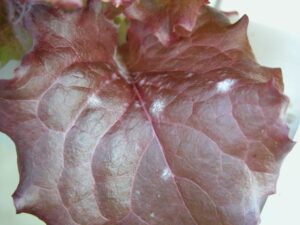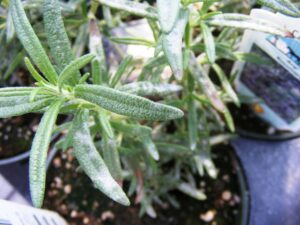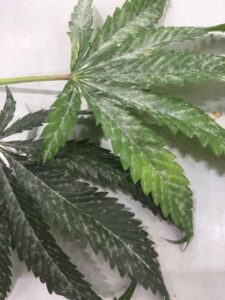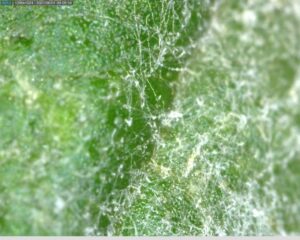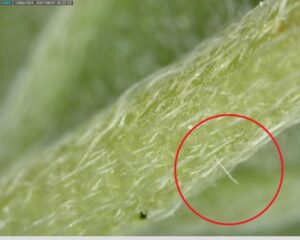Top Greenhouse Powdery Mildew Control Strategies You Need to Know
Powdery mildew pathogens represent a group of different fungal species that attack healthy, living plant tissues across many crops. Growers of strawberry, lettuce, hemp, and cannabis will be particularly familiar with this fungal issue. Powdery mildew produces a distinctive white sporulation on the foliage that resembles powdered sugar. Spore presence indicates leaf tissue infection has already occurred. Without proper environmental or chemical controls, these white spores can cause the pathogen to spread quickly throughout the plant canopy. This article will lay out several effective control strategies for battling this fungus.
Understanding the preferred environmental conditions for the pathogen is the first step to control. Moderate temperatures and high humidity environments promote powdery mildew outbreaks. Unfortunately, beneficial environments for this pathogen overlap quite a bit with typical growth conditions for many crops. Spores germinate under high humidity conditions with dry leaf surfaces, while low humidity conditions promote the dispersal of spores.
Managing humidity levels provides a critical control strategy to growers. Maintaining constant humidity levels between 55% to 60%, or 65% to 75% when using beneficial insects, slows powdery mildew germination and dispersal. Proper use of horizontal airflow fans promotes effective mixing of air, helping to eliminate pockets of high or low humidity within the canopy.
Maintaining proper fertility is a second foundational step to help crops resist initial infection. Excessive nitrogen can lead to production of soft growth that is more prone to disease infection. Beyond basic management of primary nutrients, certain supplementary nutrients can improve disease and pest resistance. There is some anecdotal evidence that calcium foliar sprays provide some suppression of powdery mildew but would not be a curative choice. Silica supplements have been shown to strengthen cell walls, improve stress tolerance, and improve resistance to foliar disease in silica-sensitive plants. Some silica products are EPA-labeled insecticides and miticides and include a number of food crops on the label.
As with all diseases, maintaining good sanitation practices is key for prevention. Whether this means sanitizing your production area between crops or tools and surfaces during production, there are some important things to remember. Between crops, start with physical removal of all debris, then clean all hard surfaces with a chemical cleaner. This cleaning process breaks down and removes biofilms, dirt, and debris that can potentially harbor inoculum. Once surfaces have been cleaned and rinsed, use a sanitizer to finish the job. The sanitation step kills any exposed pests or pathogens.
Finally, direct plant treatment is the last line of defense. There are several different types of fungicidal sprays that can be used to prevent or even cure powdery mildew, including EPA registered and 25(b) products. Potassium bicarbonate-based fungicides are highly effective against powdery mildew, especially when combined with products containing Bacillus spp. bacteria. These Bacillus products help to outcompete the powdery mildew on leaf surfaces and form protective layers against fungal infection. Oil-containing products bring contact actions against powdery mildew spores, while certain botanical extracts are effective for prevention. Some 25(b) products include citric acid, which may stimulate the plant’s innate protective systems and make conditions unfavorable for active infestation
Researchers and growers are constantly searching for potential new tools to combat powdery mildew. Ultraviolet (UV) light treatment is generating a great deal of interest. UV light treatments supply short bursts of high energy, short wavelength light to both hard surfaces and plant material to break down pathogen inoculum and delicate developing fungal structures. Multiple research studies have provided ample evidence of UV light’s efficacy in battling powdery mildew. Unfortunately, delivery methods are not well developed. Current options range from small hand-held fixtures that must be manually waved over canopies, to bulky but autonomous robotic options designed for row crops. Lettuce, strawberries, and grapes have growth habits well suited for these robotic applications in the field, but greenhouse produced crops still lack good equipment options.




